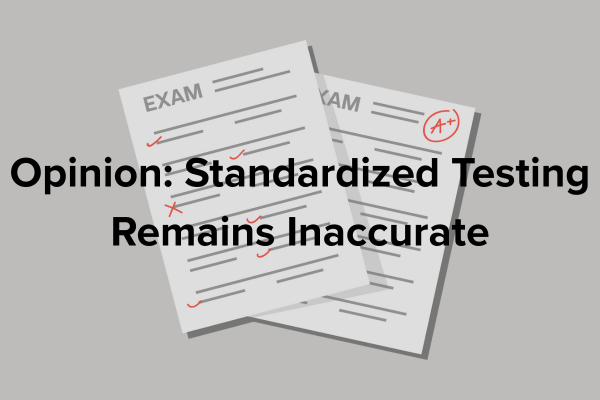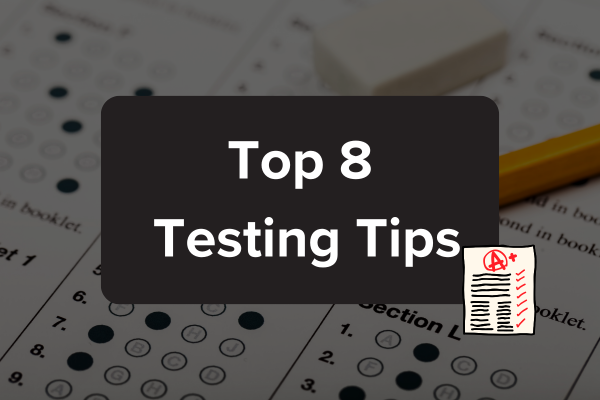For years the utilization of technology in education has become more prevalent in schools. Apple’s iPad will benefit both students and teachers tremendously by providing more resources for students, increasing test scores and boosting the overall efficiency of schools.
The school board will make a decision on the proposition to issue high school students iPads for educational purposes on May 22.
The iPad provides reliable educational resources for students. Over 20,000 educational applications run in circulation with 1.5 million iPads used in school systems. Calculators, textbooks and Internet networking will become available for all students. Tablets can create a more interactive environment between students and teachers. Applications from Apple’s app store can provide programs to help with core subjects and allow students to become creative in how they present their projects and information. Teachers can also record instructional videos which the students can view at home or before class. The accessibility of the Internet and computers will even out the playing field for students previously lacking the much needed resources at home.
The new devices will enable students to personalize their learning experience and allow them to interact with their studies. For instance if a student has trouble reading too many words on a page, they can rotate the page and resize the text. Tablets also enable students to highlight text and have it read to them. Many students learn interactively, and iPads will allow them to take an active role in learning, rather than listening to lectures. The technology can bring about a new type of learning experience to students and improve test results.
Innovative technology can enhance the value of education and reinvigorate the atmosphere of the school environment. In an experiment conducted in Maine, 129 kindergarten students were taught with an iPad, while another 137 were taught using traditional methods. According to test results in literacy, students using the iPads performed better than the non-iPad users. Every student was tested before and after the iPad study to ensure accurate results. As technology advances and becomes more integrated in the workplace, students may need to become more familiar with technology and understand the basics. Being around technology and learning how to use it effectively will benefit them in the long run. Guidelines and rules will help gear students away from abusing their privilege of using the iPads.
The advent of educational iPads could lead to potential misuse in the classroom. Distractions such as browsing the Internet, social networking and gaming will tempt students to get off topic. Administrators can block certain applications or inappropriate websites by using filters. The district will also enforce penalties for those who damage or mistreat their iPad. Students who abuse their privileges may have the device taken up and receive standard textbooks. In the event of a student losing their iPad, the administrators have tracking devices to ensure security of the items. If a device becomes damaged, the student will pay the district to buy a replacement. Students will need to become responsible for their actions if they expect to keep their iPad.
Many students carry the burden of around three to four textbooks, which require updates every few years. Publishers have to go through the trouble of redistribution, and schools need to keep track of every book. The new device has the capacity to carry hundreds of digital textbooks and utilize information more concisely. Digital textbooks are paperless and updating the material will require a download with a fee. But iPads are more expensive and harder to maintain than traditional textbooks. For a school preparing 2000 students, the estimated initial cost of iPads, including iBooks, falls around $1,720,000 , while the textbooks would cost about $900,000. The Mansfield ISD budget will become strained as it focuses more money on iPads as well as a smaller amount of textbooks. To compensate for this the district will reallocate most of the two million dollar textbook budget to buy iPads while also spending money on fewer textbooks. Students have the option of using textbooks; iPads are only an extra learning tool.
Although there are several potential drawbacks with student issued iPads, the benefits outweigh the negatives. Overall the presence of iPads in the classroom will boost the efficiency of class and grant more options for students.
















